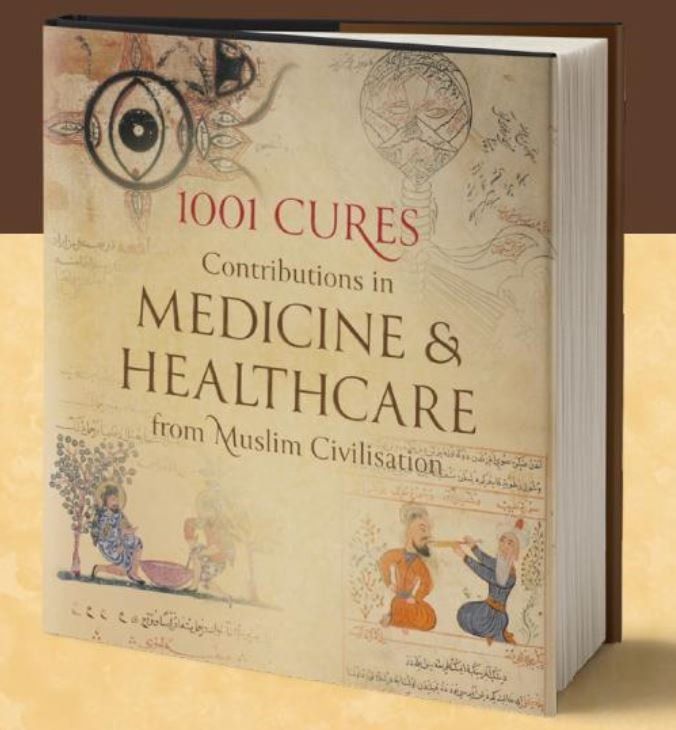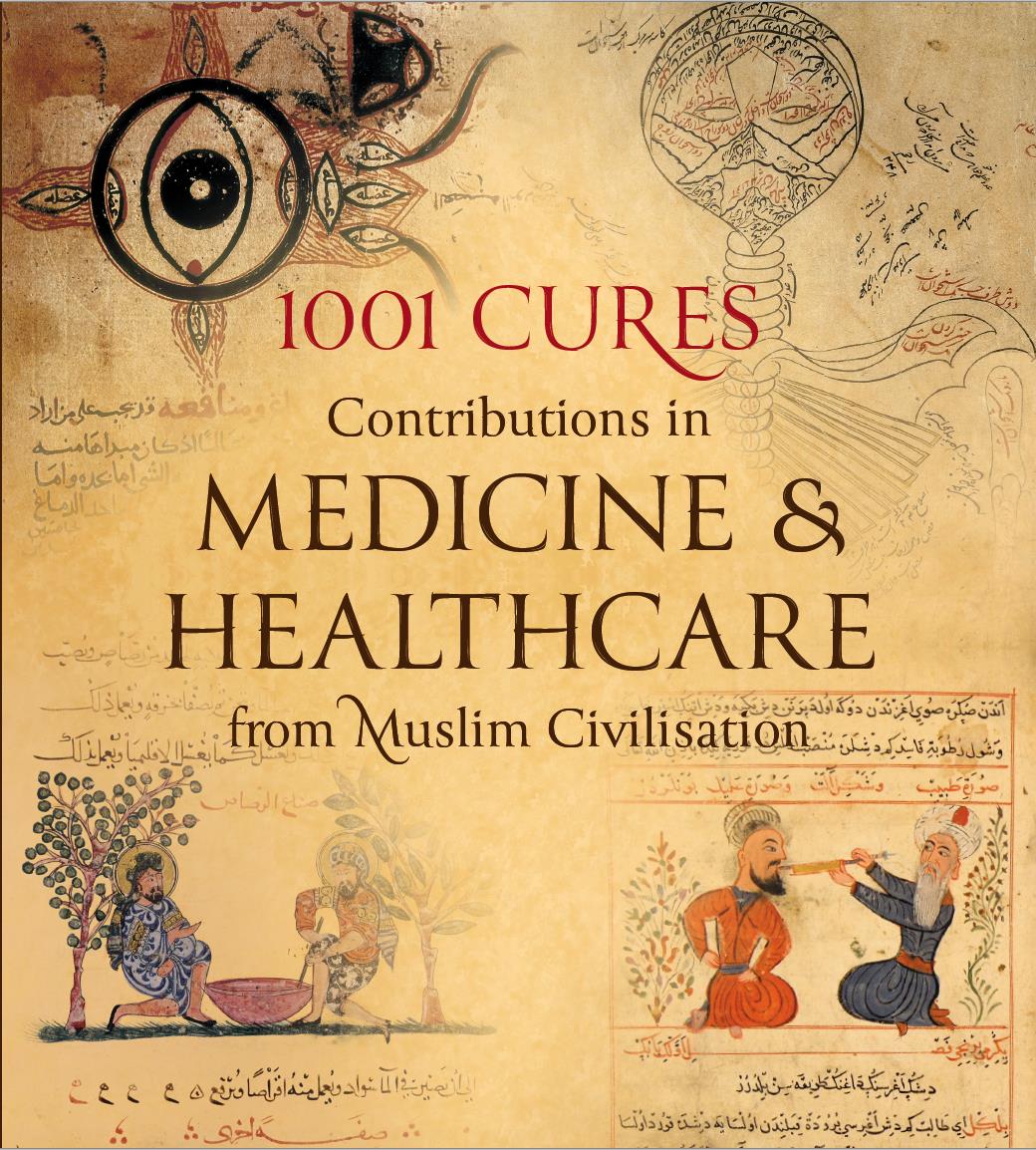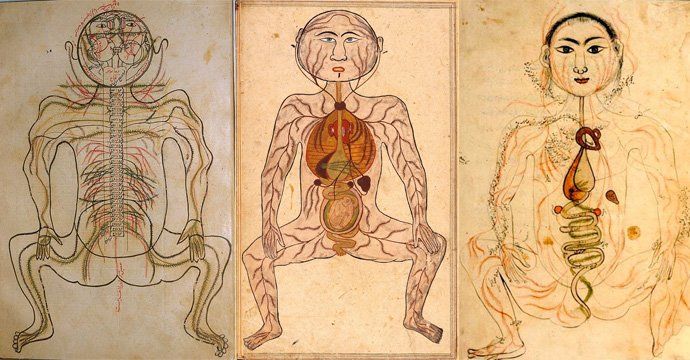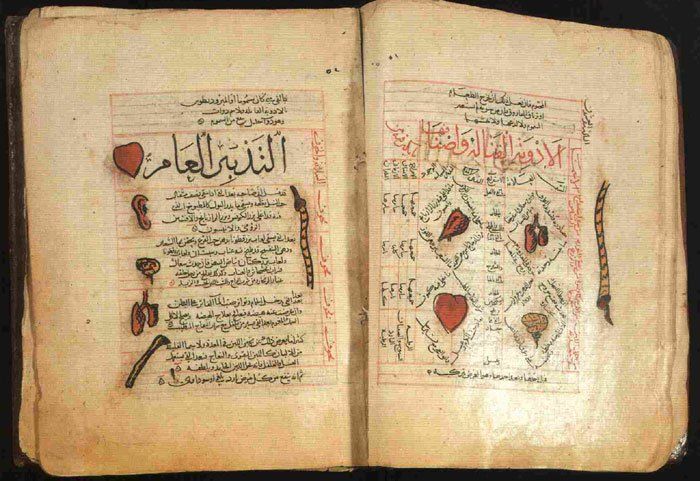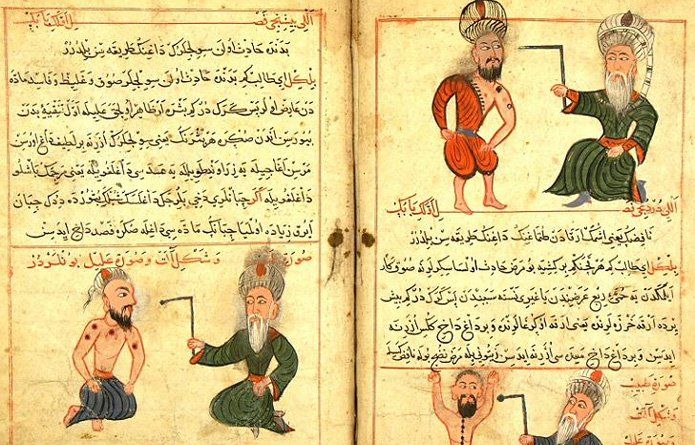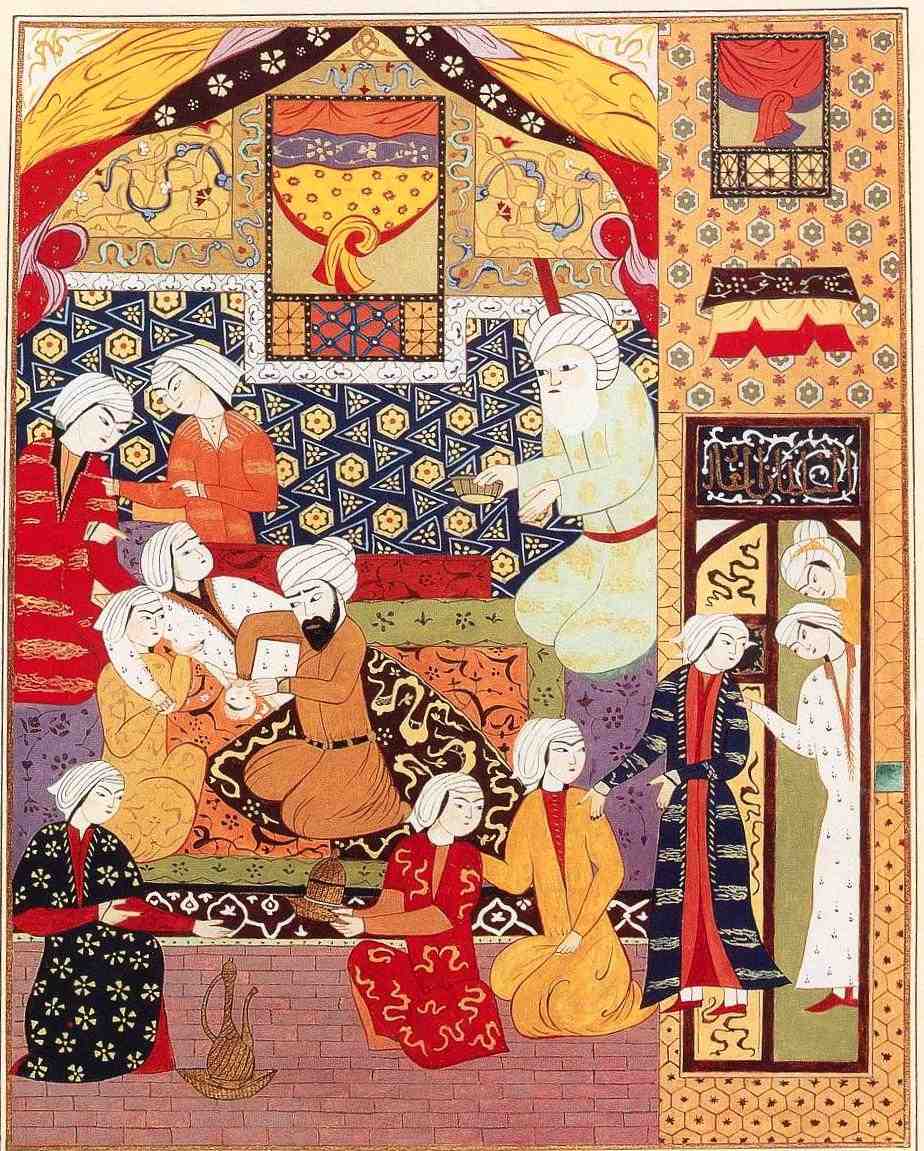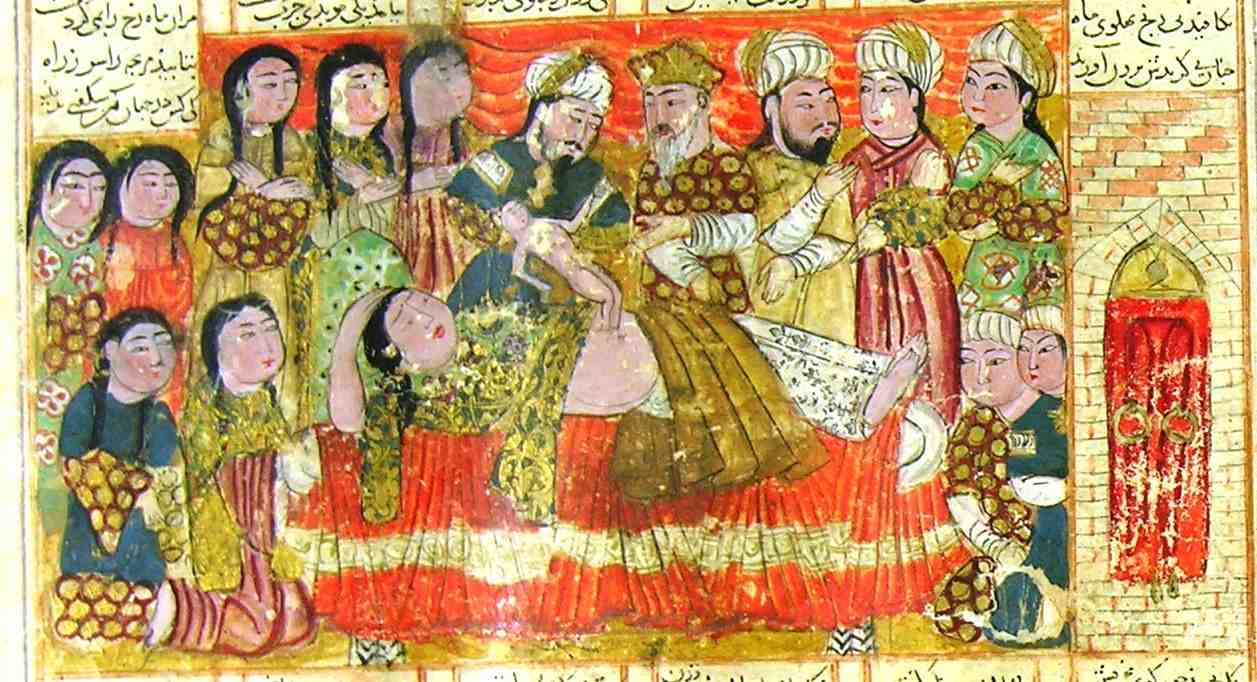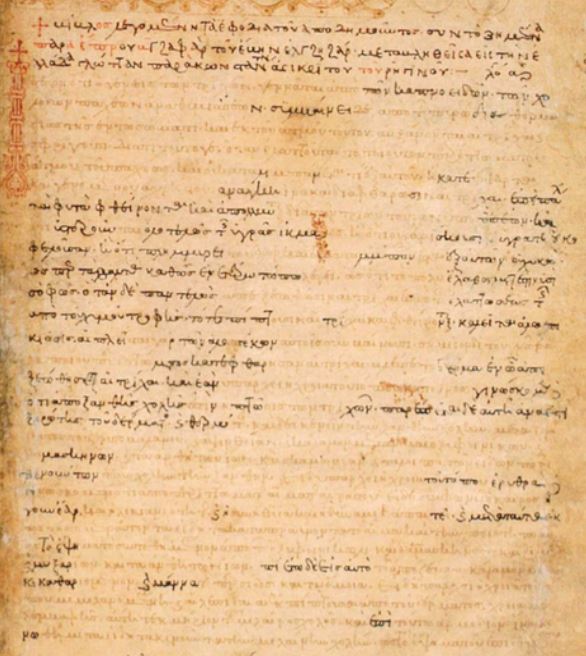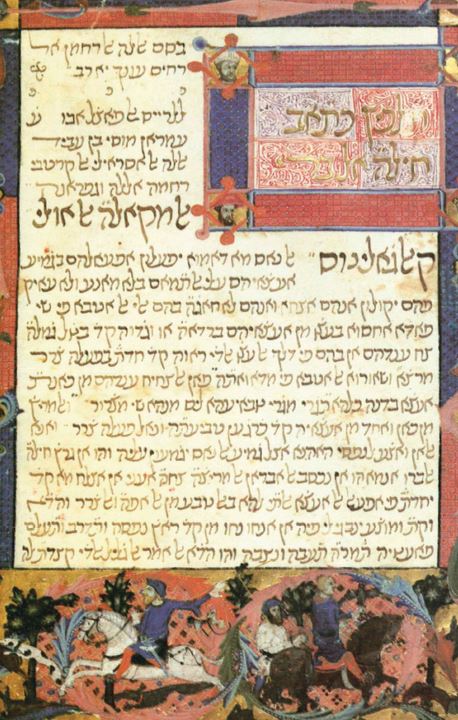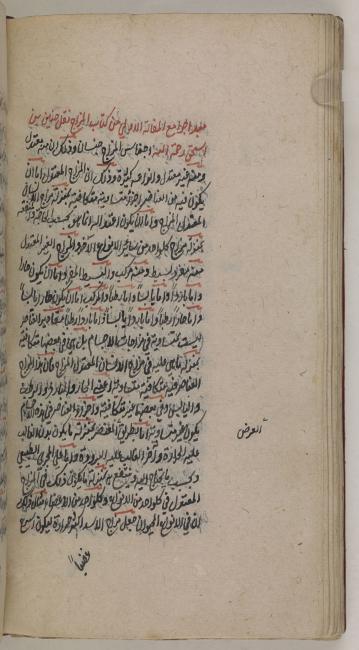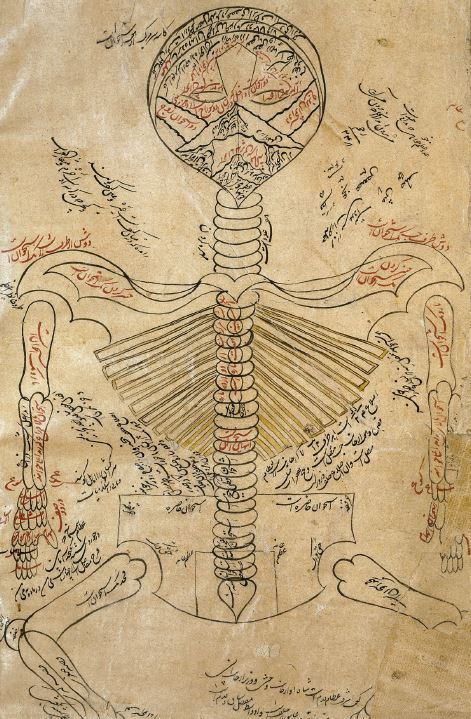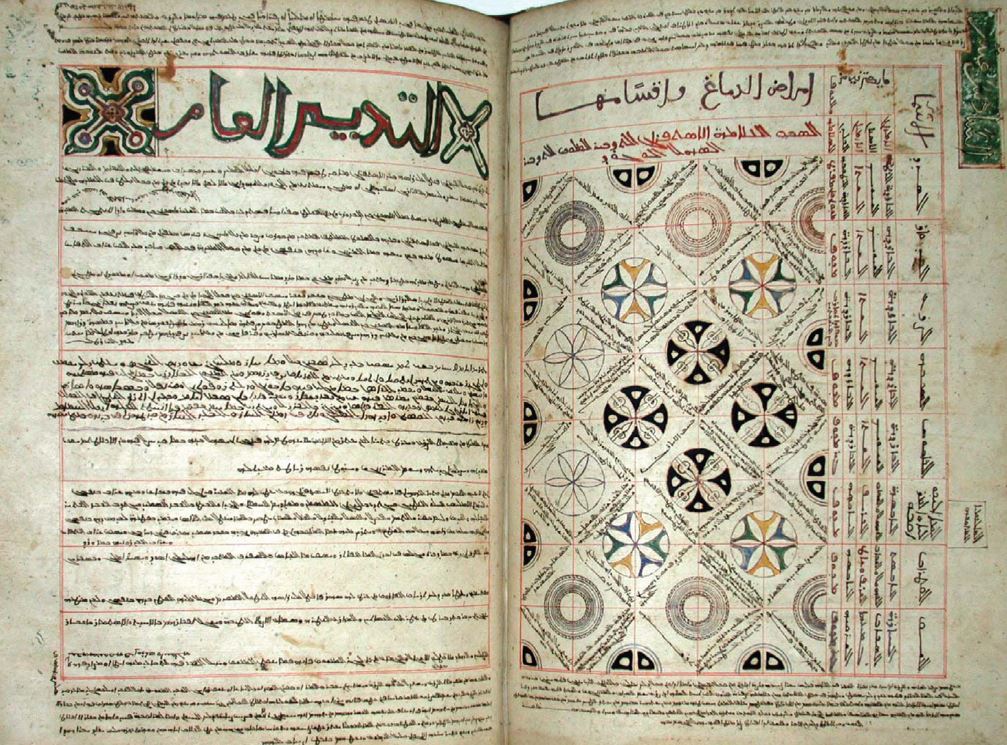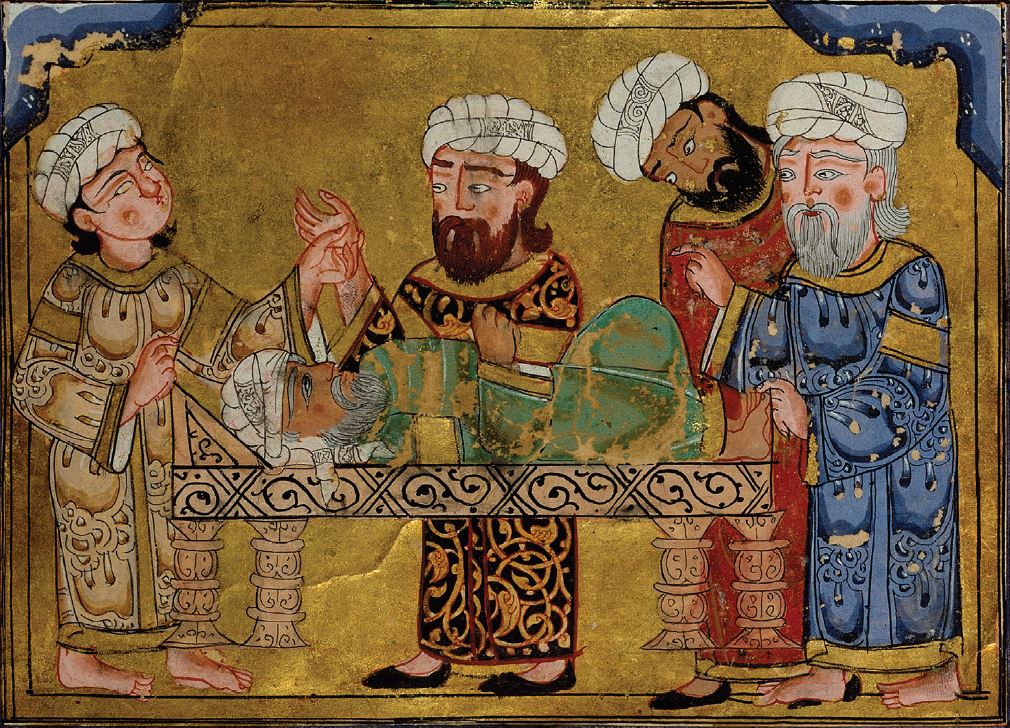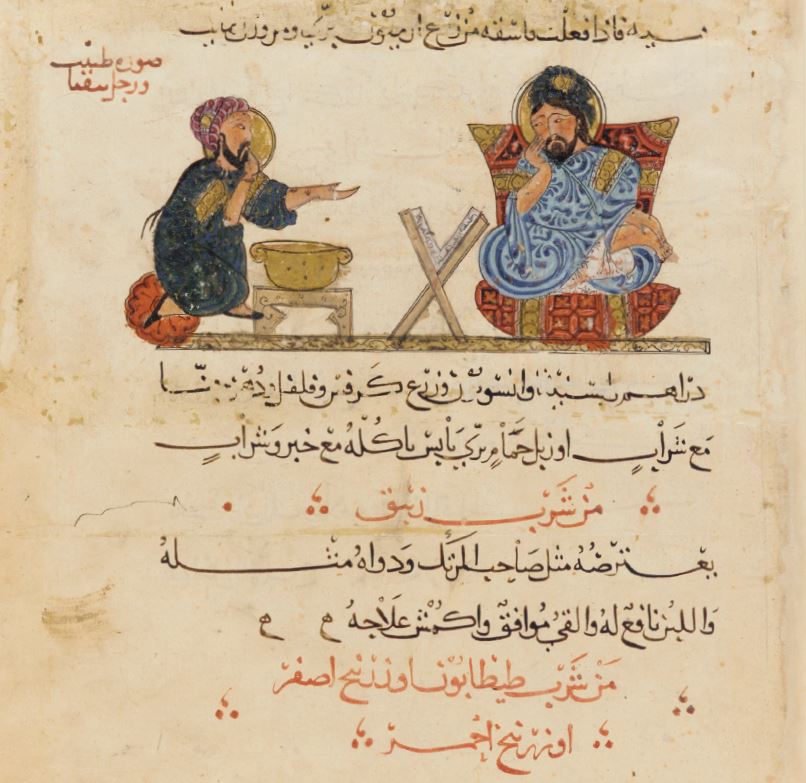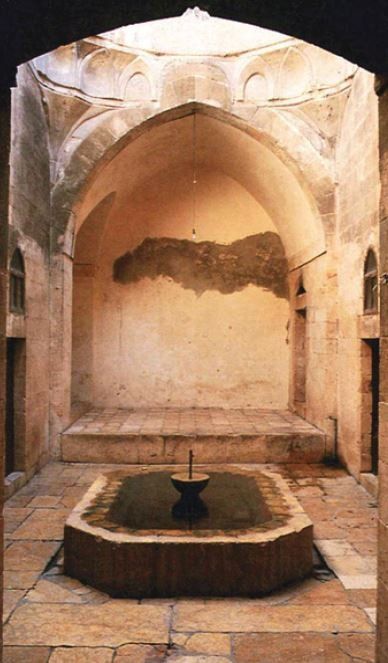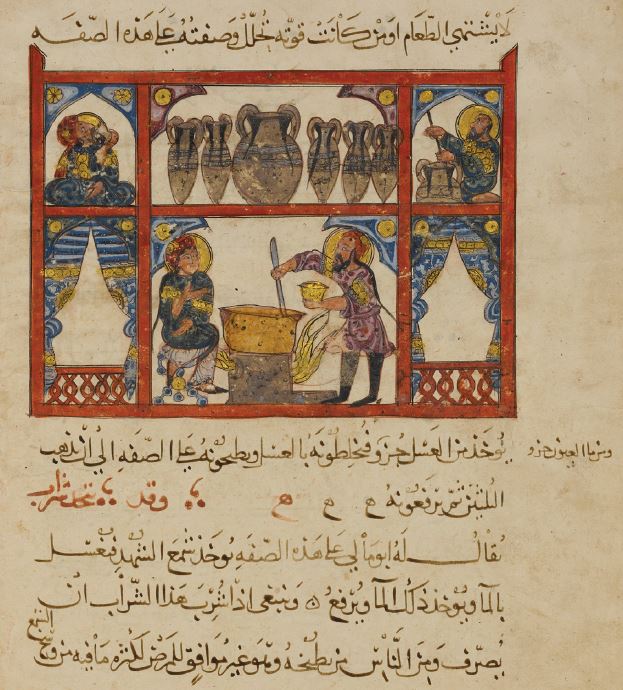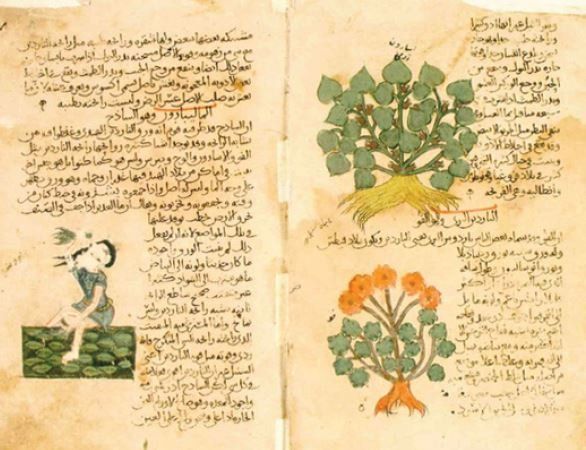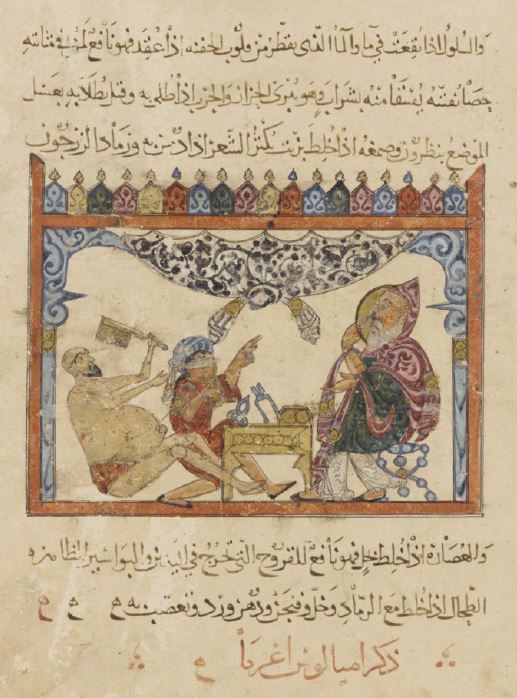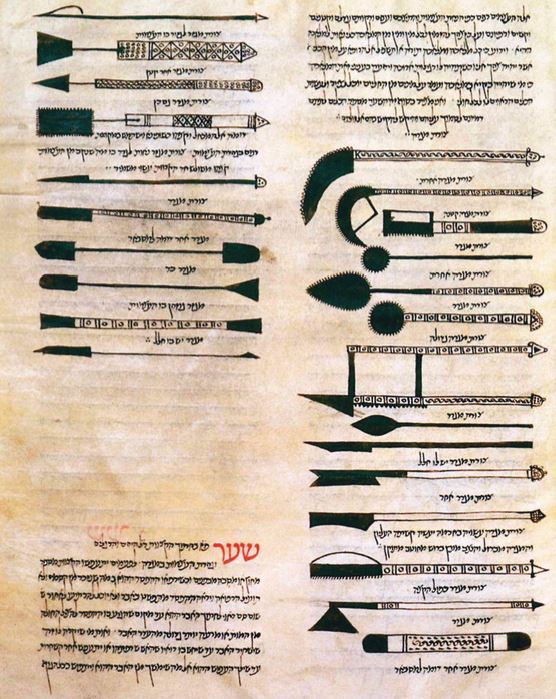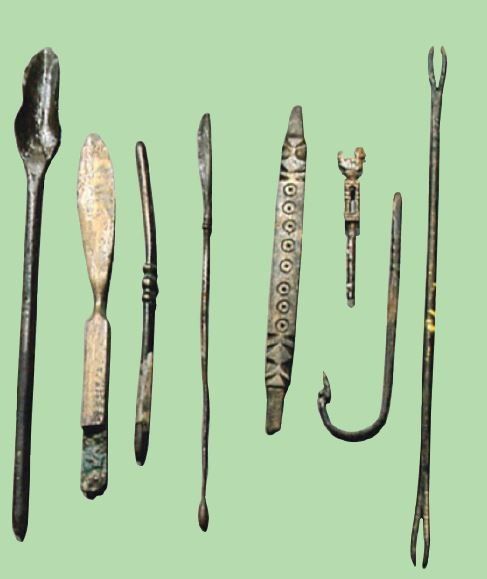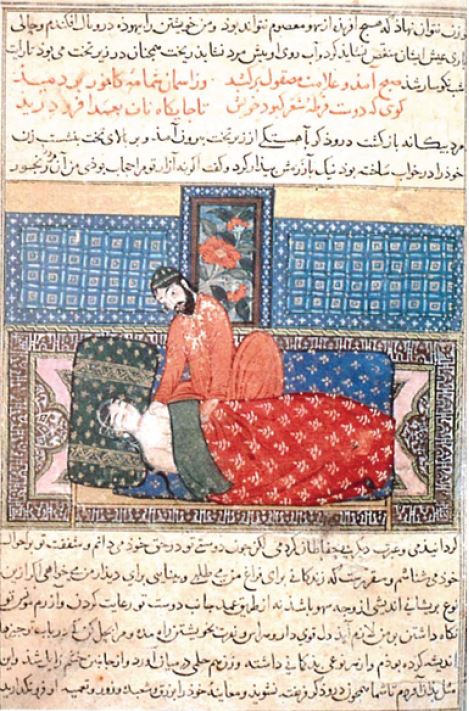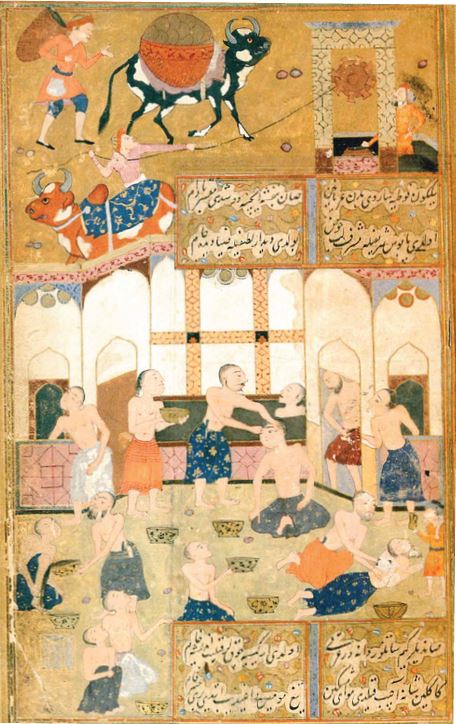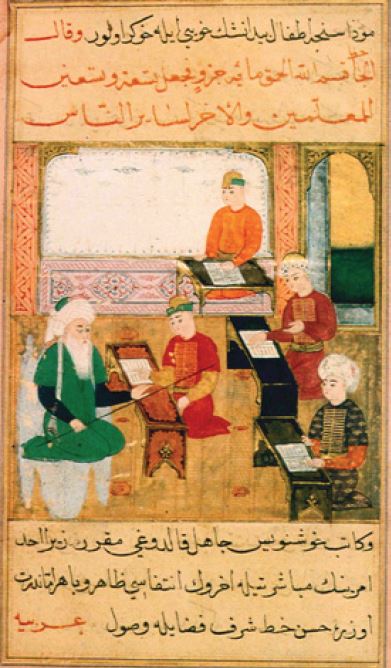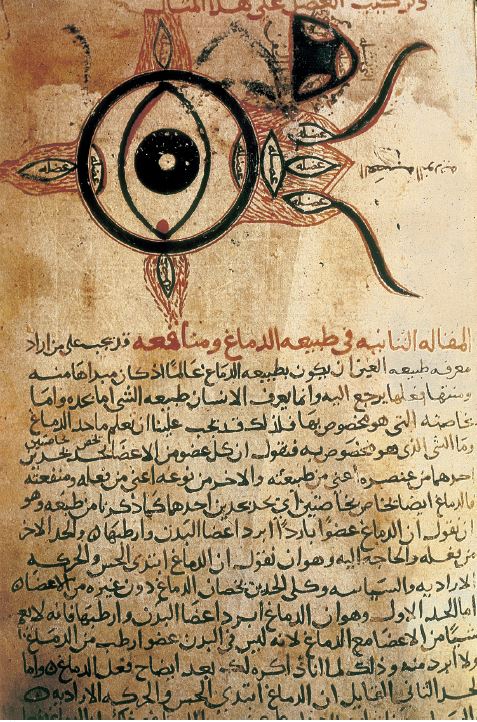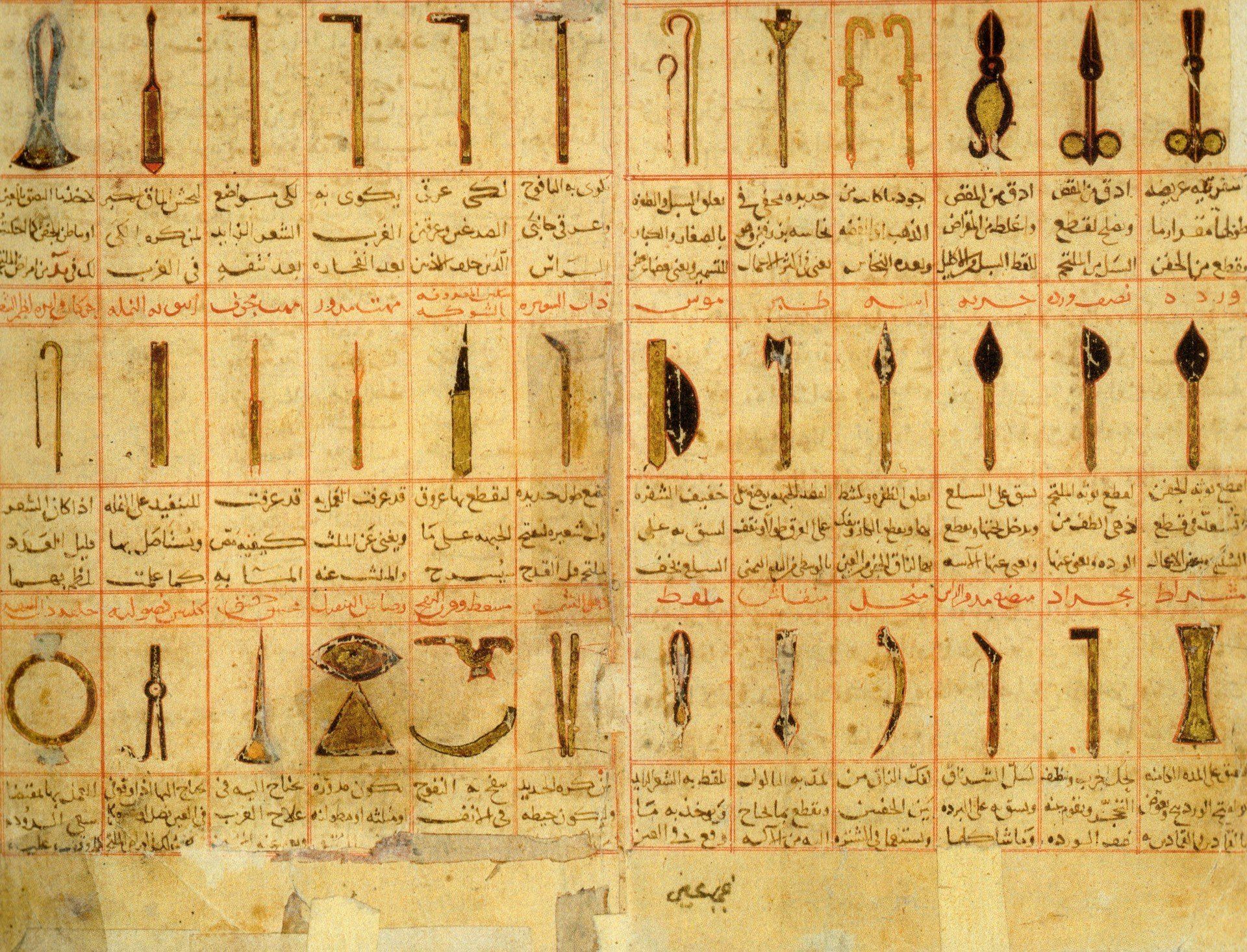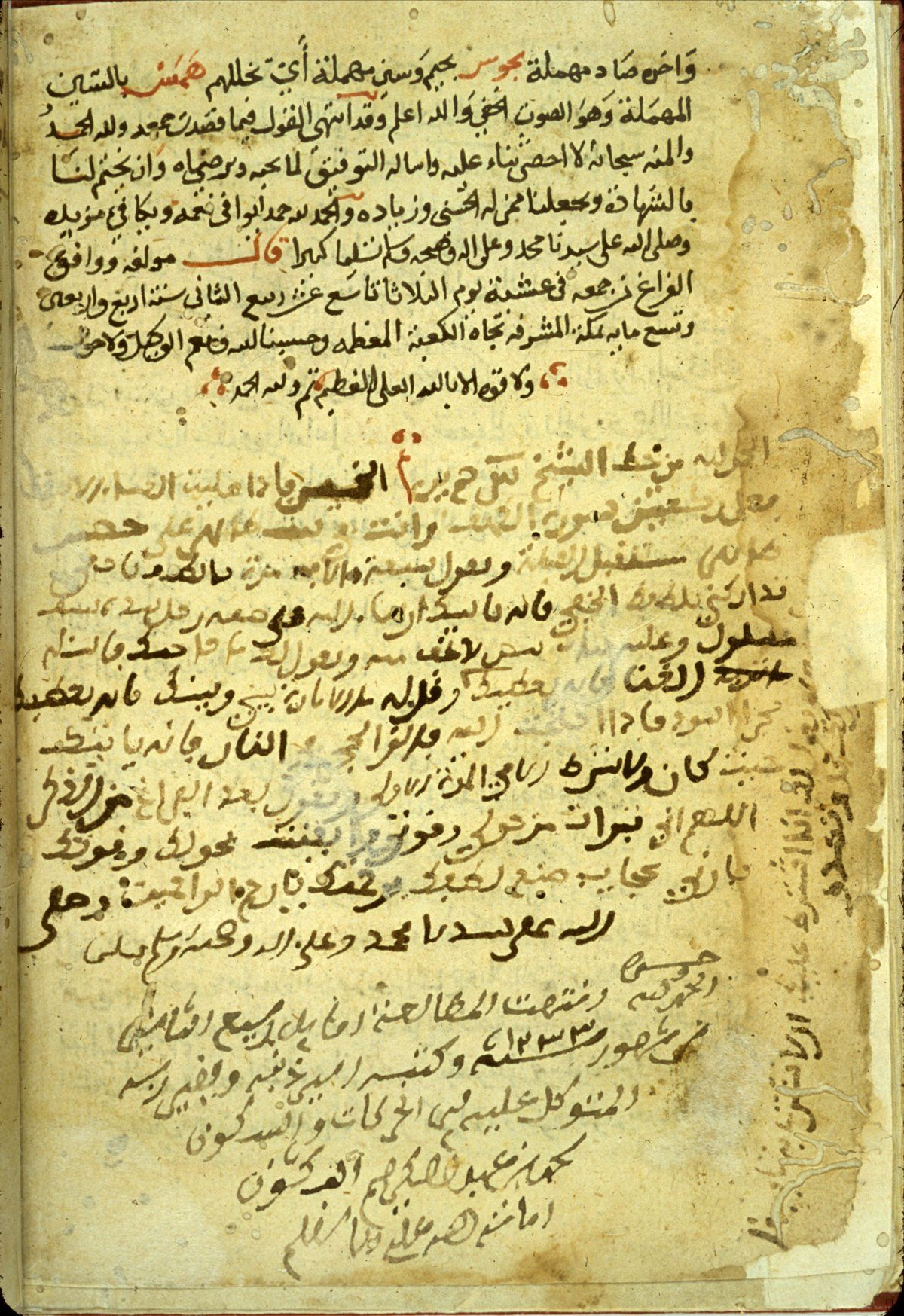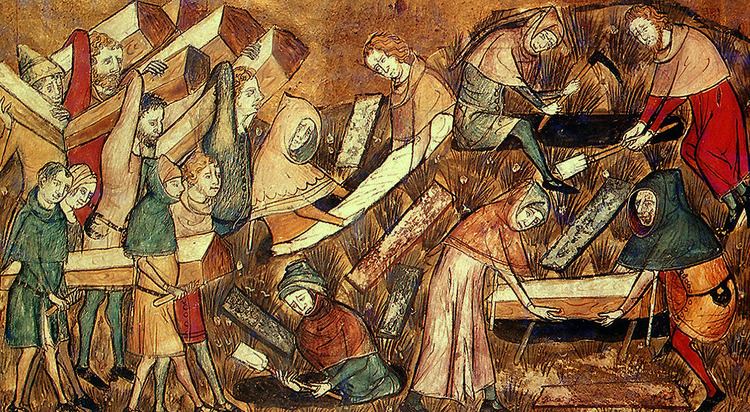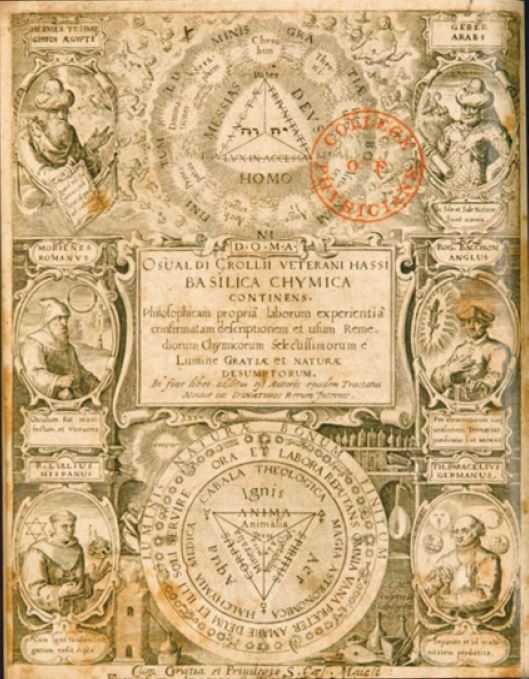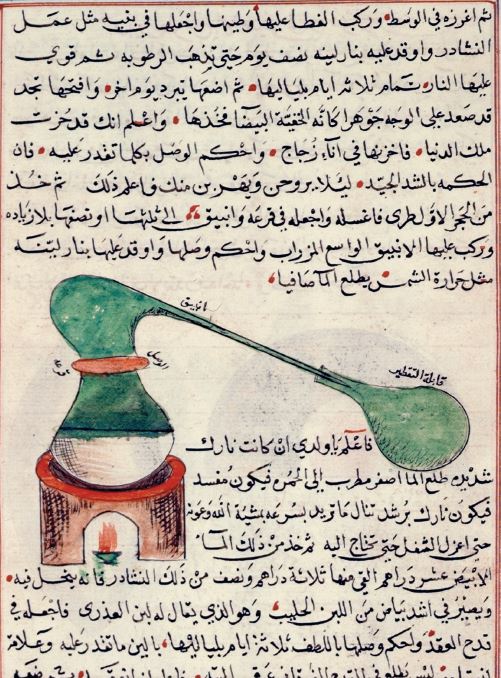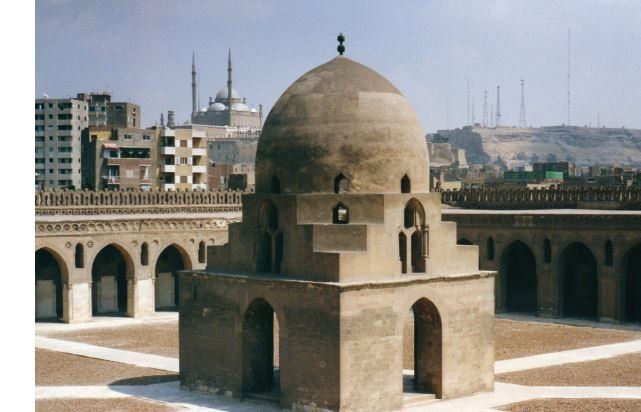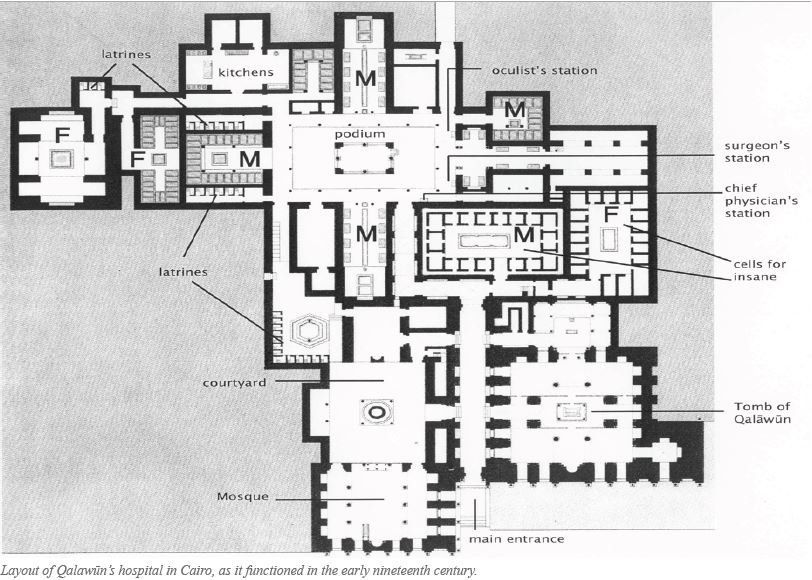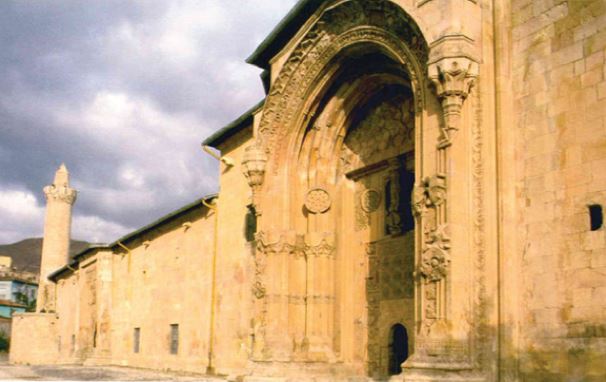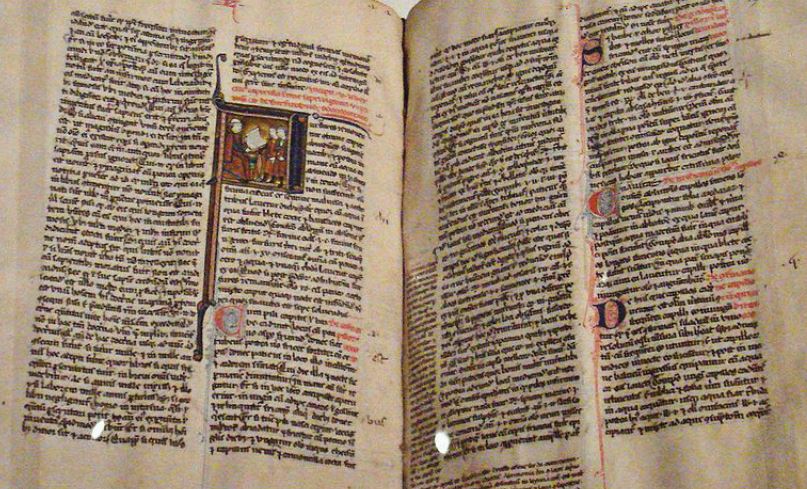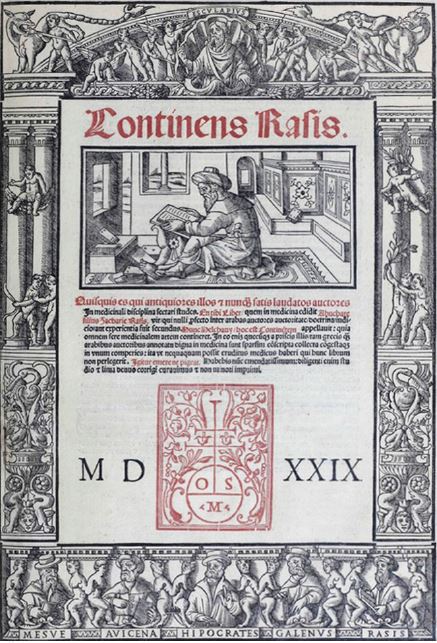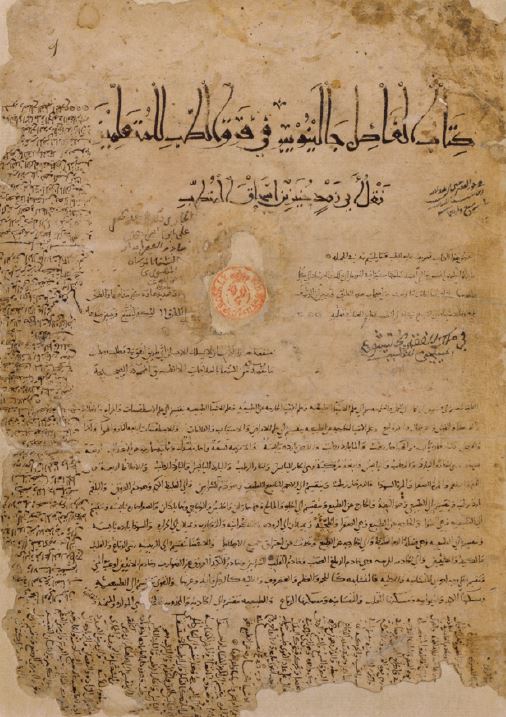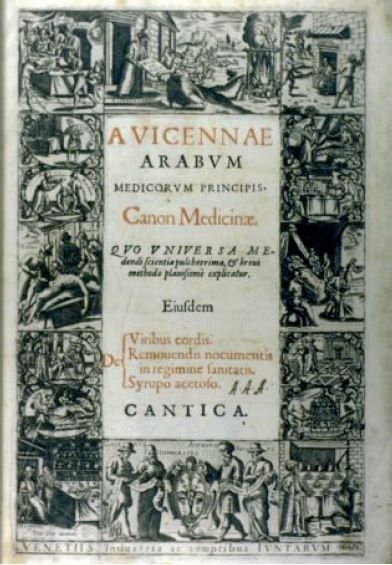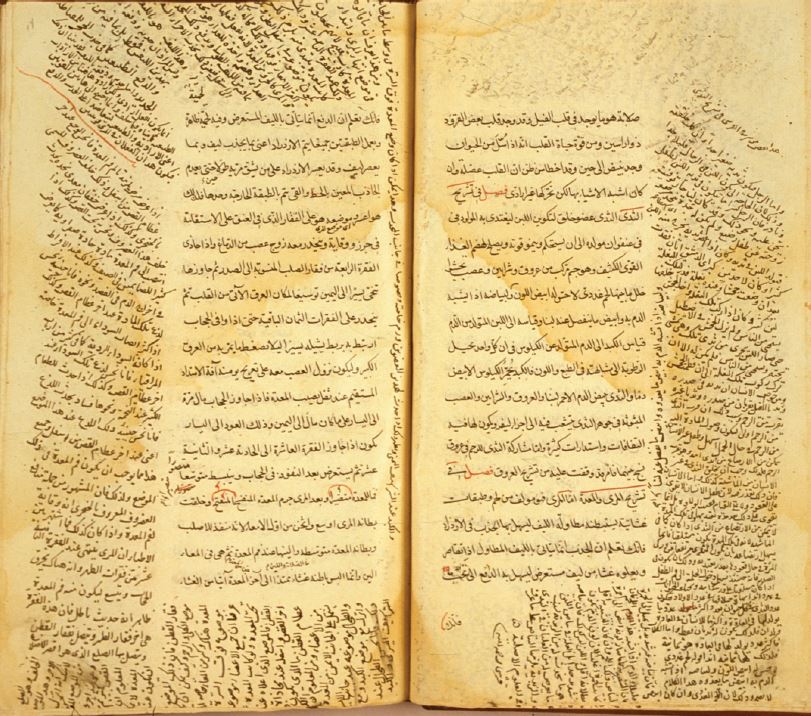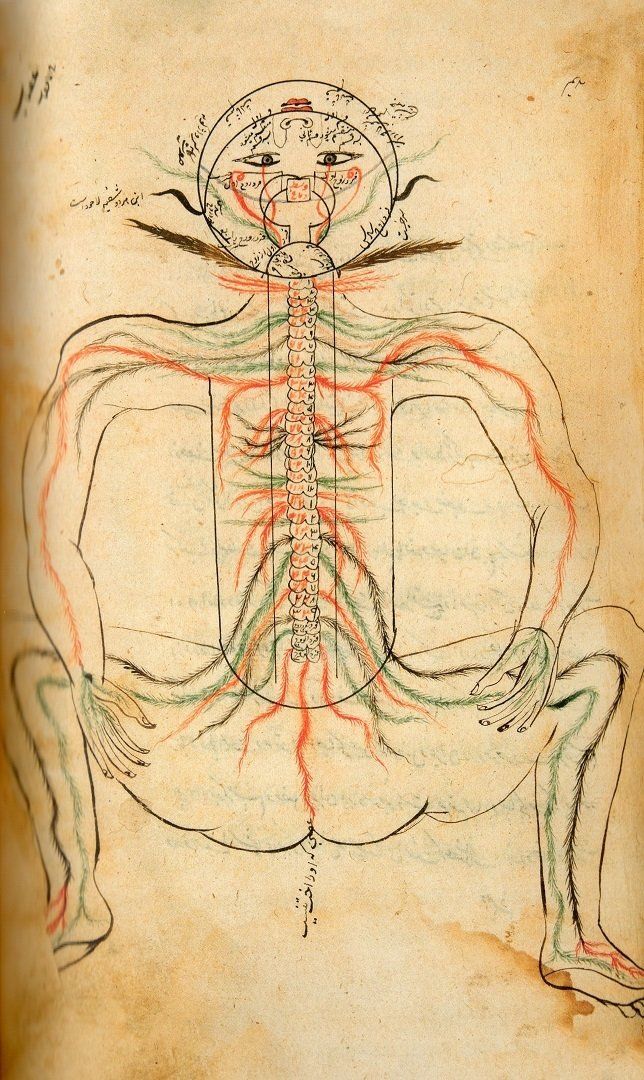-
Book cover of 1001 Cures Book
Source1001 Cures; Contributions in Medicine & Healthcare from Muslim Civilisation
-
Book cover of 1001 Cures Book
Button1001 Cures; Contributions in Medicine & Healthcare from Muslim Civilisation
-
Anatomy Manuscripts
SourceSimilar manuscripts of work on anatomy contained illustrated chapters on five systems of the body: bones, nerves, muscles, veins and arteries. This page depicts the arteries, with the internal organs shown in watercolors...
-
Al-Tasrif's Surgical Instruments
SourcePages from the original manuscript of Al-Tasrif depicting surgical instruments (<a href="http://www.muslimheritage.com/article/medical-sciences-islamic-civilization" target="_blank">Source</a>)
-
Pages from The Canon of Medicine
ButtonIbn Sina's celebrated work AI-Qanun fit-tibb or The Canon of Medicine (<a href="http://www.muslimheritage.com/article/ibn-sinas-canon-medicine" target="_blank">Source</a>)
-
Add a Title
ButtonWrite a short description.
-
The miniature depicting of Rustem's birth by Nursel Uvendire
Button(Original source: Shahnama-i Firdawsī, Turk-Islam Exhibits Museum, Istanbul, MS 1955). Image taken from: Turkish Medical History through Miniature Pictures. ed. Nil Sari, Istanbul 2002. Source: http://muslimheritage.com/article/caesarean-section-early-islamic-literature
-
Birth of Rustam.
ButtonA miniature page of al-Firdawsî's Shahnama indicating the birth of Rustam. Source: Topkapi Palace Library, MS H 1479. Source: http://muslimheritage.com/article/caesarean-section-early-islamic-literature
-
Provisions for the Traveller and Nourishment for the Sedentary
Source13th-century manuscript showing a Greek translation of the medical handbook by Ibn al-Jazzār entitled Provisions for the Traveller and Nourishment for the Sedentary (Zād al-Musāfir wa-qūt al-ḥāḍir), known in Greek as Ephódia toû apodēmoûntos. The handbook was first translated from Arabic by Constantime the African (d. before 1099).
-
Hippocratic Aphorisms in Syriac and Arabic
SourceIn the early period of Graeco-Arabic translation movement, Syriac translations often served as an intermediary step in the transmission from Greek into Arabic. The first aphorisms of this copy of Hippocratic Aphorisms in Syriac and Arabic says that ‘life is short, the Art long, opportunity fleeting, experience dangerous, and judgement difficult.’
-
Maimonides’ Abridgment of Galen’s ‘Method of Healing’ in Judaeo-Arabic
SourceOpening of Maimonides’ Abridgment of Galen’s ‘Method of Healing’ in Judaeo-Arabic, that is, Arabic written in Hebrew. The text begins with the basmala ‘In the name of God, the merciful, the compassionate (Bi-smi llāhi l-raḥmāni l-raḥīm)’ .
-
Dioscorides’ Materia Medica
SourceDioscorides’ Materia Medica lists the humoral qualities of drugs. Or. 3366, f. 89r
-
Ibn al-Tilmīdh’s Treatise on Bloodletting.
SourceOpening page of Ibn al-Tilmīdh’s Treatise on Bloodletting. Arundel Or. 10, f. 109v
-
Dioscorides’ Materia Medica
SourceDioscorides’ Materia Medica lists the humoral qualities of drugs. Or. 3366, f. 89r
-
Avicenna’s Canon of Medicine
SourceThe human skeleton as illustrated in a copy of Avicenna’s Canon of Medicine. Contrart to popular claims, there was no religious prohibition of the dissection of dead animals in pre-modern Islamic societies.
-
Ibn Jazla’s Almanac of Bodily Parts for the Treatment of People
SourceIbn Jazla’s Almanac of Bodily Parts for the Treatment of People, written in Arabic and Karshūnī, meaning Arabic written in Syriac letters. In it, Ibn Jazlan often arranged the information in the form of diagrams.
-
al-Ḥarīrī’s Maqāmāt
SourceArab physicians divided medicine into two areas: ‘the preservation of health which aims to retain the state of a healthy individual and prevent him or her from becoming ill; and ‘the restoration of health which aims to return the sick person to his natural healthy state. This 13th-century manuscript image from al-Ḥarīrī’s Maqāmāt shows doctors visiting a patient.
-
Arabic version of Dioscorides’ On Medicinal Substances.
SourceA physician with a patient about to vomit. Taken from a 13th-century copy of the Arabic version of Dioscorides’ On Medicinal Substances.
-
16th-century Persian miniature dipicting Ibn Sina (Avicenna)
SourceA 16th-century Persian miniature dipicting Ibn Sina (Avicenna) at the bedside of a patient suffering from love-sickness (ʿishq). According to Arabo-Islamic physicians, the overall functioning of the body demonstrated the reciprocity between the mixture of the humours on one side and psychological events on the other.
-
Inside the Arghūn hospital in Aleppo
SourceRight: Inside the Arghūn hospital in Aleppo where water features were essential. The soft sound of water soothes the mind. The architectural features of this 14th-century hospital reflect a careful cpnsideration to the needs of patients.
-
Arabic translation of Dioscorides’ On Medical Substances
SourceBooks on medicine were among the first scientific works to be translated into Arabic during the translation movement of the 8th to 10th centuries. This image from a copy of the Arabic translation of Dioscorides’ On Medical Substances dipicts what’s happening inside a pharmacist’s shop.
-
Arabic translation of Dioscorides’ Medical Substances
SourceThe description of malabathron (sādhaj) in the Arabic translation of Dioscorides’ Medical Substances. The face of the person collecting the malabathron has been erased.
-
De Materia Medica by Dioscorides.
SourceTwo patients in front of a physician, with some surgical instruments on the table. From De Materia Medica by Dioscorides.
-
Hebrew translation of al-Zahrāwī’s Surgery
SourceSurgical instruments illustrated in a Hebrew translation of al-Zahrāwī’s Surgery.
-
Surgical instruments from Fusṭāṭ
SourceSurgical instruments from Fusṭāṭ (Old Cairo), 9th century.
-
A physician takes the pulse of a young girl.
SourceLeft: A physician takes the pulse of a young girl. While female healers were an important source of primary healthcare in the medieval world, there are very few references to female doctors (singular, ṭabība) in Arabic biographical and medical literature. Moreover, no medical text by a female physician survives – if they even existed.
-
al-Zahrāwī’s Surgery
SourceRight: Surgical instruments for extracting a dead foetus taken from al-Zahrāwī’s Surgery. It would appear that the obstetrical operations outlined in medieval medical texts might represent a kind of relic of ancient theory rather than contemporaneous practice. Like al-Zahrāwī, most doctors probably employed less invasive means, such as the use of pharmaceuticals, for these difficult procedures.
-
A woman giving birth attended by other women, possibly midwives.
SourceA woman giving birth attended by other women, possibly midwives.
-
In the bathhouse (ḥammām). Miniature from a 16th-century Persian manuscript.
SourceIn the bathhouse (ḥammām). Miniature from a 16th-century Persian manuscript.
-
In school
SourceIn school. Al-Jāḥiẓ said: ‘God has divided stupidity into 100 parts. He gave 99 parts to teachers and the last part to other people.’
-
Ten Treatises on the Eye (Al-ʿAshr maqālāt fī l-ʿayn)
SourceLeft: The anatomy of the eye and its muscles. From the Ten Treatises on the Eye (Al-ʿAshr maqālāt fī l-ʿayn) by the famous 9th-century translator Ḥunayn ibn Isḥāq. The book is arguably the most influential work on ophthalmology in the Middle Ages.
-
al-Ḥalabī’s Sufficient Book on Ophthalmology (al-Kāfī fī l-kuḥl).
SourceRight: Doctors working in the medieval Islamicate world engaged critically with the material concerning ophthalmology that was inherited from Graeco- Roman antiquity. This field of medicine was called kuḥl in Arabi. This 13th century manuscript dipicts instruments for eye surgery as displayed in a copy of al-Ḥalabī’s Sufficient Book on Ophthalmology (al-Kāfī fī l-kuḥl).
-
Abū ‘Abd Allāh Muḥammad ibn Muḥammad ibn al-Ḥaṭṭāb al-Malikī al-Ru‘aynī
SourceThe end of a plague tract that, according to the colophon shown here, was completed on 19 Rabi‘ II 944 (= 26 September 1537). The author is apparently the same as the Malakite theologian Abū ‘Abd Allāh Muḥammad ibn Muḥammad ibn al-Ḥaṭṭāb al-Malikī al-Ru‘aynī who died in 1547/954. The undated copy appears to have been made during the author's lifetime and is possibly in his own hand.
-
Instruments for eye surgery
SourceRight: Doctors working in the medieval Islamicate world engaged critically with the material concerning ophthalmology that was inherited from Graeco- Roman antiquity. This field of medicine was called kuḥl in Arabic. This 13th century manuscript depicts instruments for eye surgery as displayed in a copy of al-Ḥalabī’s Sufficient Book on Ophthalmology (al-Kāfī fī l-kuḥl).
-
Crollius’ Royal Chemistry (Basilica Chymica)
SourceFrontispiece from Crollius’ Royal Chemistry (Basilica Chymica) which was translated into both Ottoman Turkish and Persian in the 17th century.
-
Distillation
SourceThe process of distillation as illustrated in a medieval Arabic manuscript.
-
Alembic and cucurbit
SourceAlchemical intruments. top: glass beaker; bottom: alembic and cucurbit.
-
al-Ḥarīrī’s Maqāmāt
ButtonA manuscript from al-Ḥarīrī’s Maqāmāt dipicting cupping performed by a charlatan.
-
13th-century miniature from a translation of Dioscordies's "De Materia Medica"
SourceThree physicians in conversation from a 13th-century miniature from a translation of Dioscordies's "De Materia Medica"
-
Ibn Tulun mosque
SourceIbn Tulun mosque in Cairo. In the 9th century, the mosque had a bīmāristān attached to it. in the 9th century.
-
Qalawun's hospital in Cairo
SourceLayout of Qalawun's hospital in Cairo, as it functioned in the early nineteenth century.
-
Divrigi hospital in Turkey.
SourceEntrance of the Divrigi hospital in Turkey.
-
The Comprehensive Book of Medicine (Al-Kitāb al-Ḥāwī fī al-Ṭibb)
SourceAmong al-Rāzī’s most important medical works is the multi-volume Arabic encyclopaedia called The Comprehensive Book of Medicine (Al-Kitāb al-Ḥāwī fī al-Ṭibb), which consists of a collection of lecture notes gathered and arranged by al-Rāzī’s students after his death.
-
Al-Manṣūr (Paraphrasis in nonum librum Rhazae).
SourceThe opening page of the Vesalius’ Abridgment of al-Rāzī’s Ninth Book for Al-Manṣūr (Paraphrasis in nonum librum Rhazae).
-
Galen’s On the Sects for Beginners
SourceOpening page of Galen’s On the Sects for Beginners with owner’s note by Avicenna.
-
Latin translation of Avicenna’s Canon of Medicine
SourceThe opening page of the revised Latin translation of Avicenna’s Canon of Medicine.
-
Canon of Medicine by Ibn Sīnā
SourceThe central text consists of the anatomical sections of the Canon of Medicine by Ibn Sīnā (Avicenna). In the margins are lengthy quotations from the commentary on the anatomy of the Canon that was written by Ibn al-Nafīs (d. 1288).
-
Ibn Buṭlān’s Physicians’ Dinner Party.
SourceTwo people in a physician’s surgery. From Ibn Buṭlān’s Physicians’ Dinner Party. The manuscript is from 13th century Iraq or Syria.
-
Kitab na’t al-hayawan wamanafi’ihi
Source13th-century manuscript from Animals and their uses/ Kitab na’t al-hayawan wamanafi’ihi showing Aristotle and Alexander the Great.
-
A translation of Dioscordies's "De Materia Medica"
SourceThree physicians in conversation from a 13th-century miniature from a translation of Dioscordies's "De Materia Medica"
-
Divrigi hospital
SourceInside the Divrigi hospital in Turkey.
Manṣūr’s Anatomy (tashrīḥ-i Manṣūrī).
The system of nerves as illustrated in Manṣūr’s Anatomy (tashrīḥ-i Manṣūrī).

